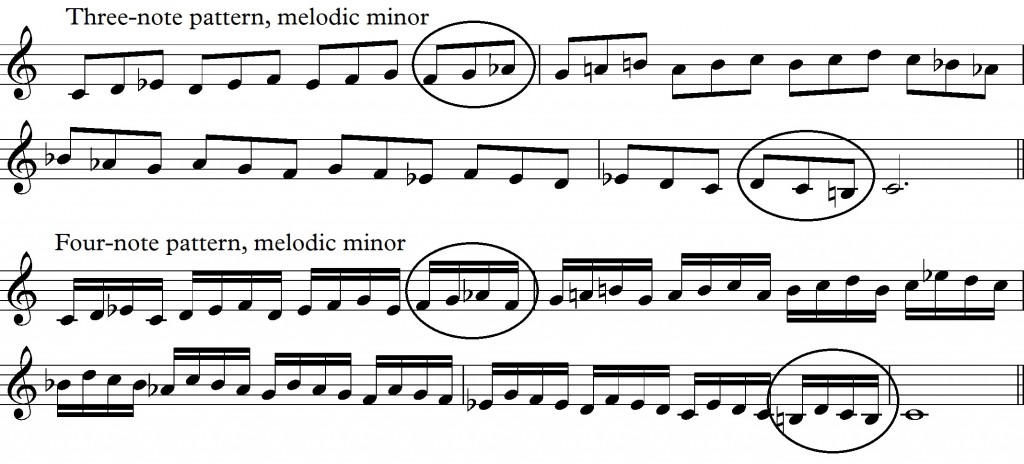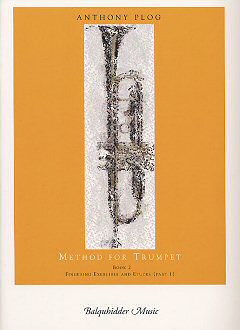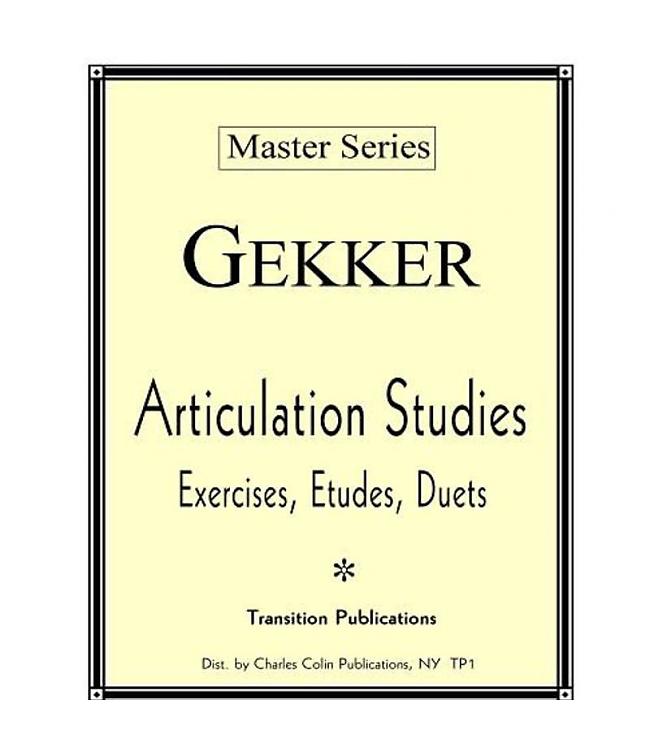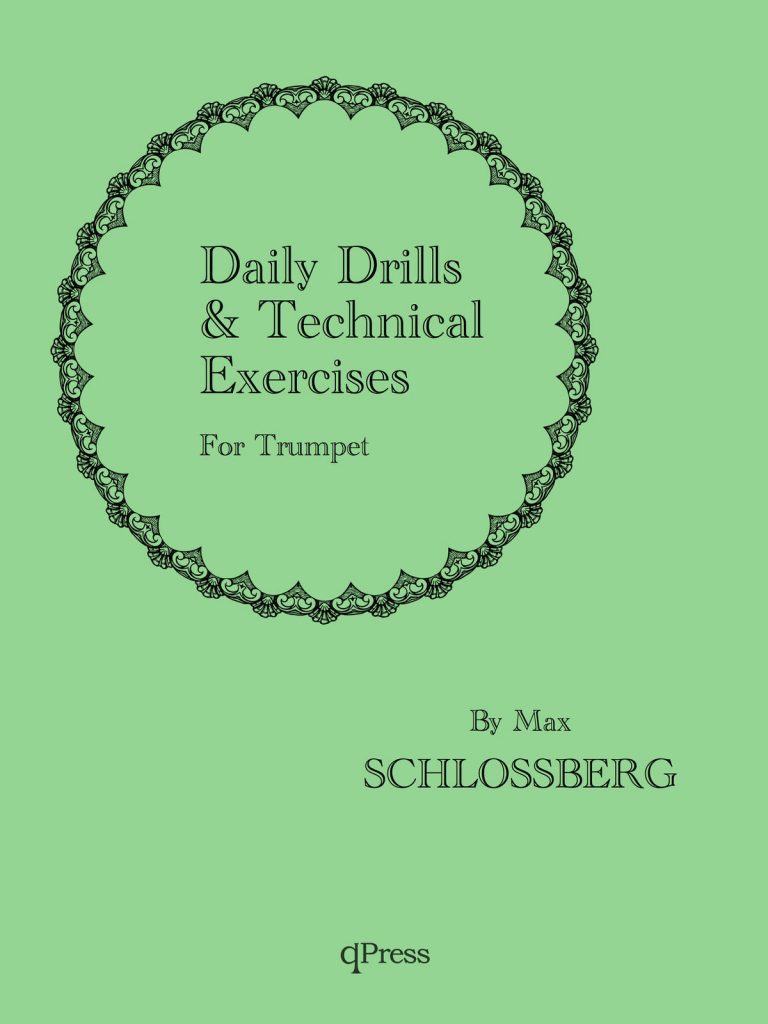Sunday Scales 19: À la mode
Last week, we discussed translating major exercises to minor. Now we’ll go a step further and look at some exercises in the other modes. To me, modes were just a bunch of Greek names I memorized during undergraduate music theory. I never practiced them and I never played them (as far as I knew). But modes …










